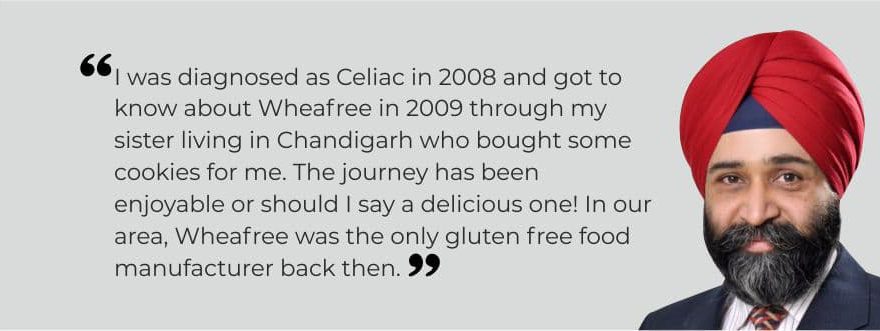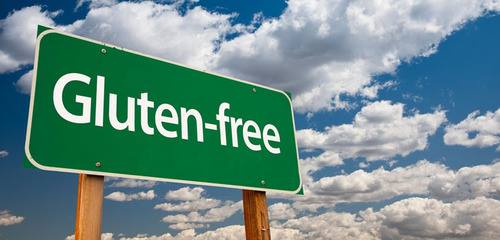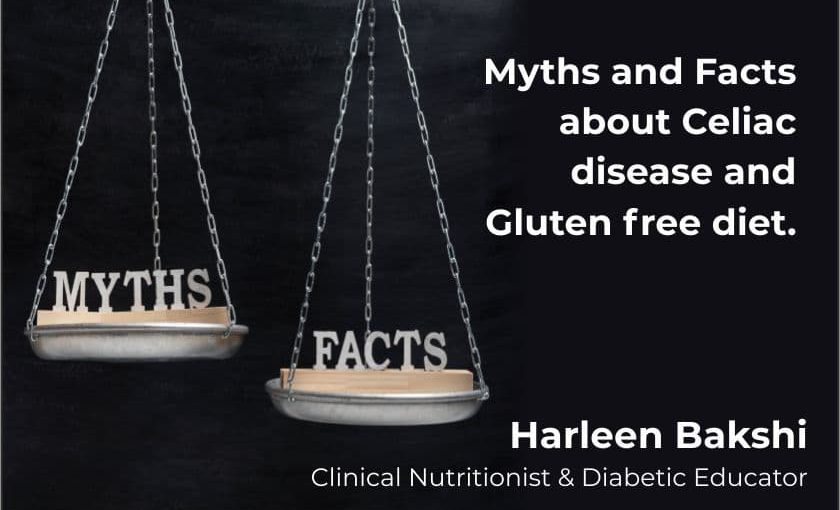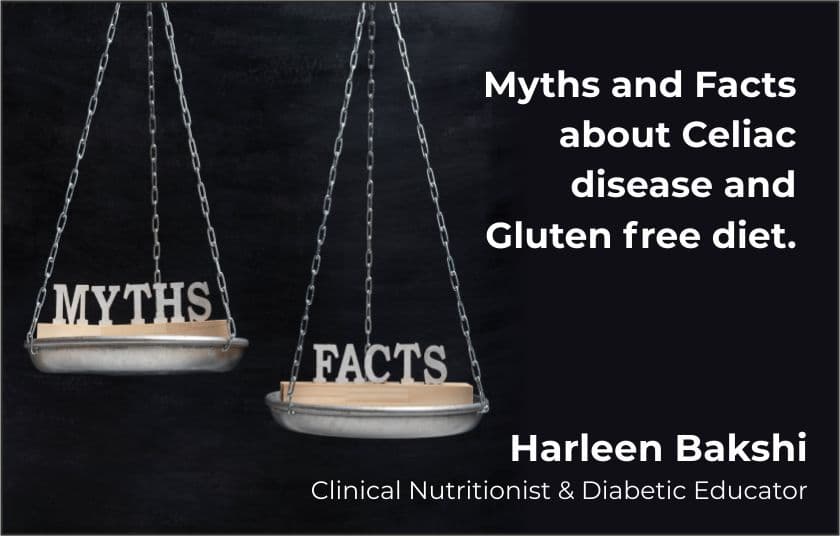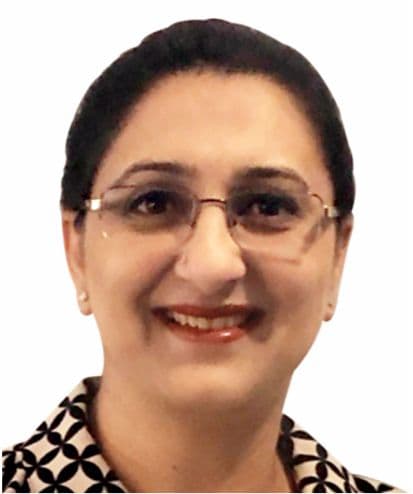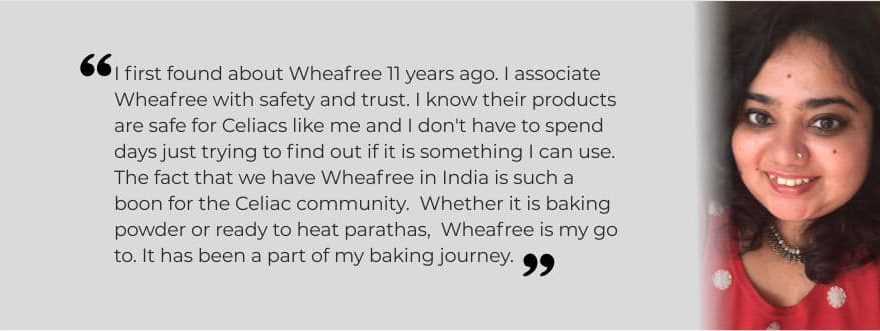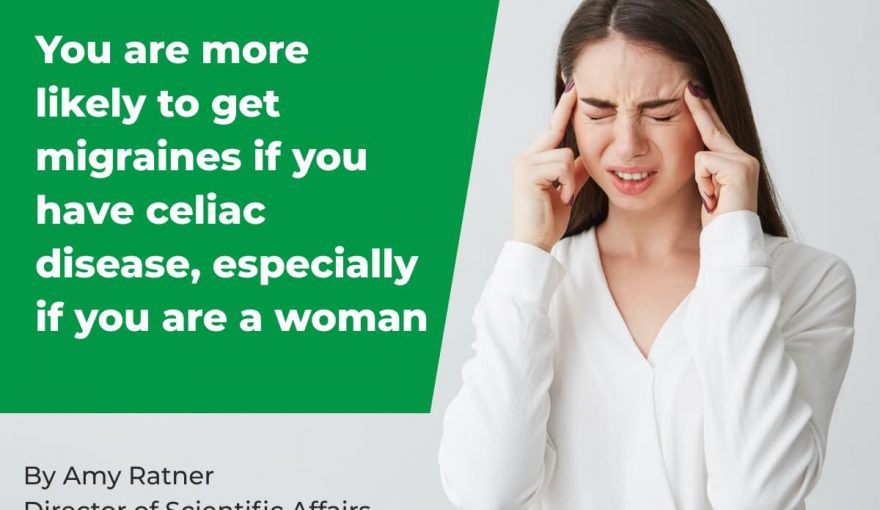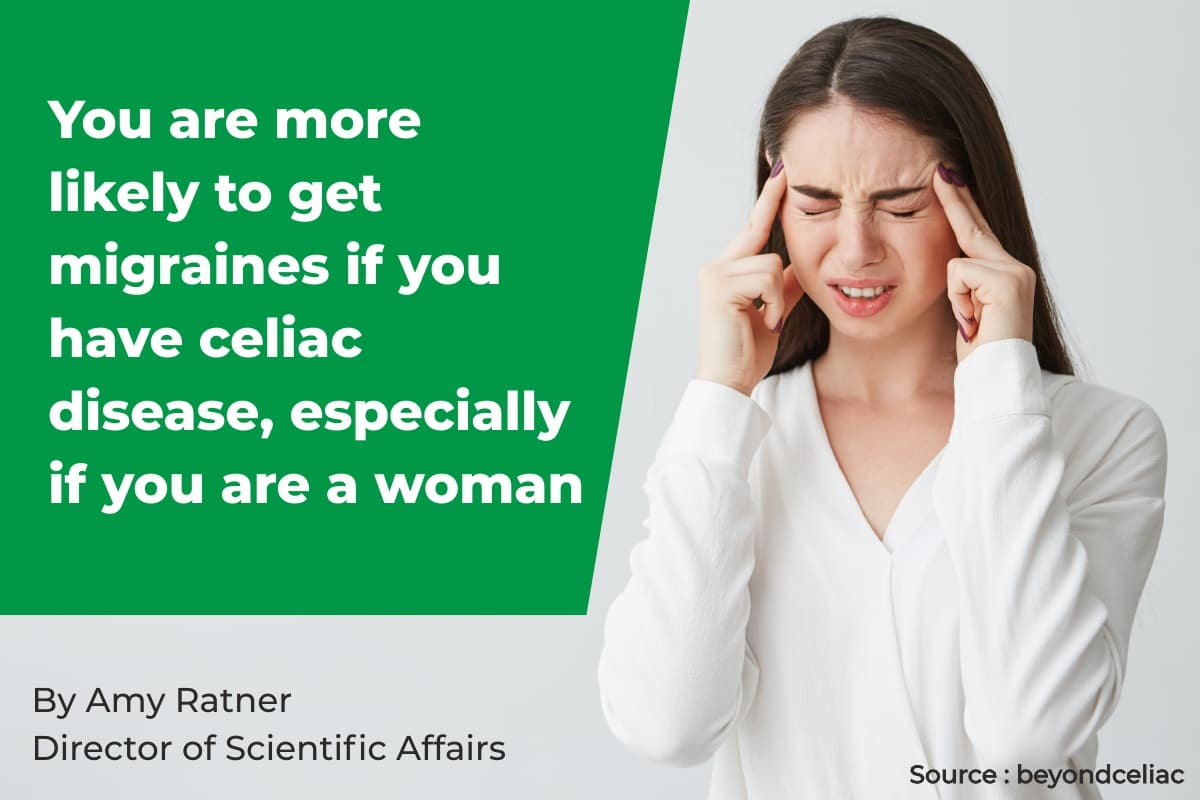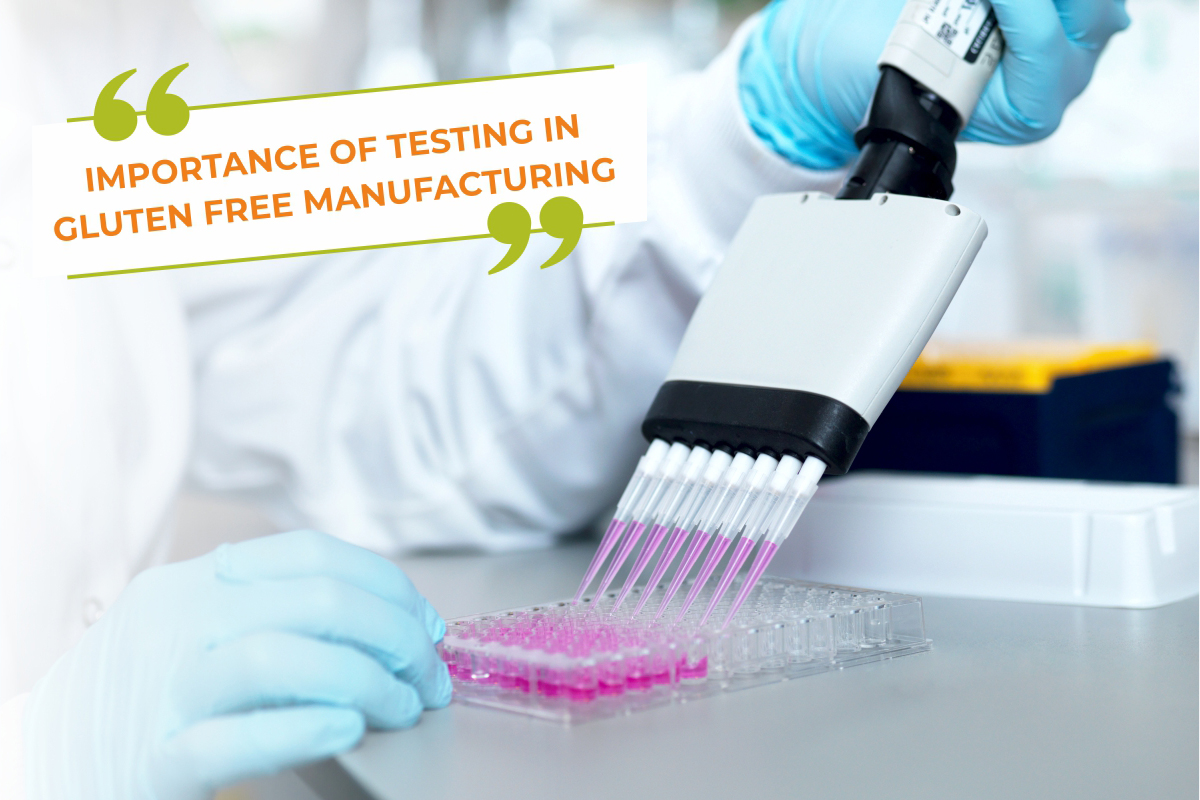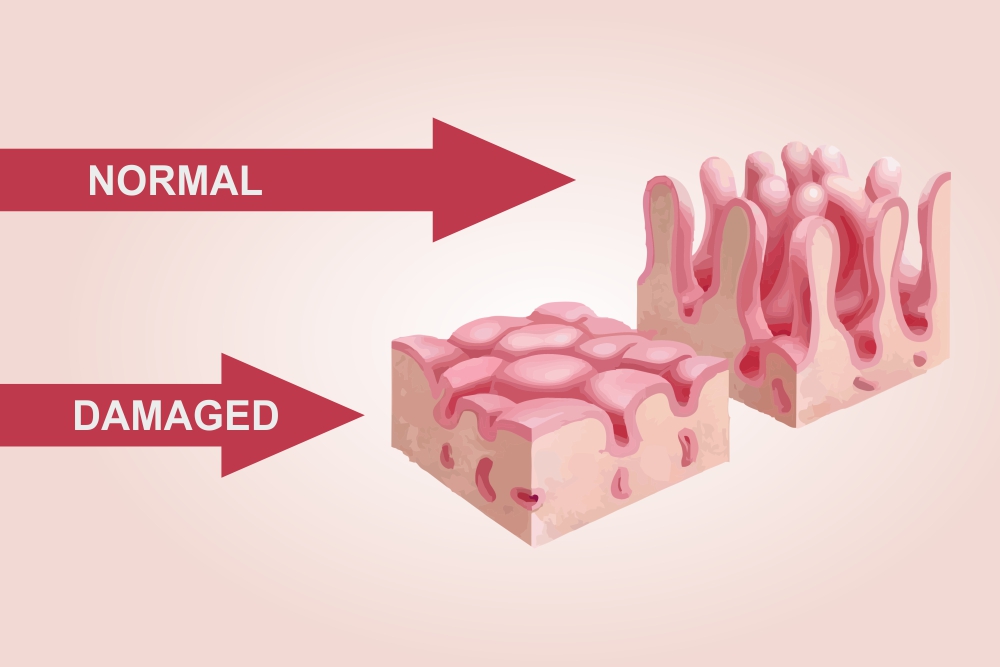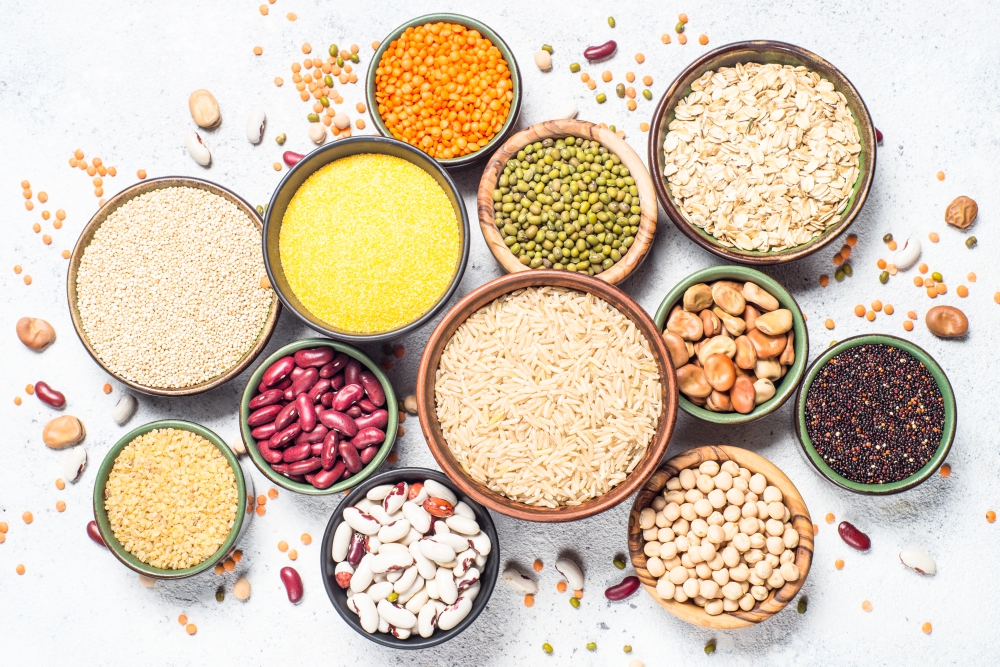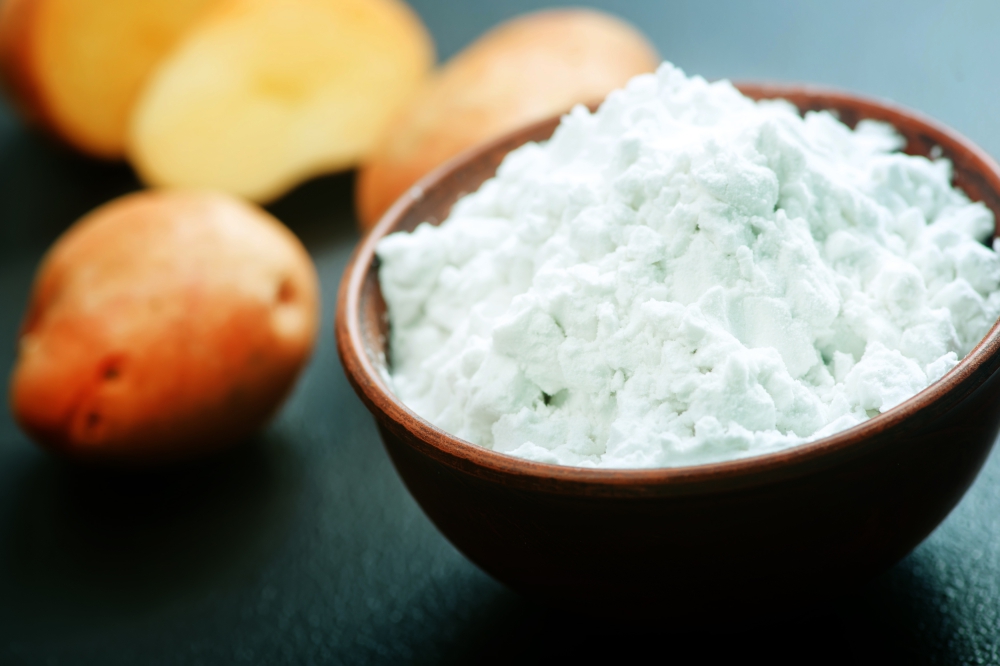Q 1: How this idea of making Zero Gluten on Facebook came up and what were your thoughts behind this?
A: ‘Zero Gluten’ was made with a sole intention of helping others.
I was detected Celiac in 2003, when the know-how about the Ailment was literally Zero. General Public, even the doctor fraternity at that time had very little or no knowledge about the word Gluten. I fondly remember asking one of my friend, who just completed his MBBS at that time, he told that the word Celiac was defined in one of the paragraph in his theory book, stating that it’s an allergy to wheat!! I was aghast by hearing that!! If a medical practitioner has only this much knowledge about the subject, spare the horror for the general public!
So we (Me and my Co-Founder Celiac Brother Udit daa) came up with the noble idea of helping people with whatever means and resources we had, basically imparting knowledge through our hard fought bitter- sweet experiences.
We wanted what we have suffered, others shouldn’t!
Q2 What services Zero Gluten is offering to its members ?
A: It’s an open platform to all those who are suffering from this ailment. We are keen to provide any kind of assistance needed, you drop us message in the group, and see the willingness of the people to help you out with the experiences they have had.
We have with us on board, Manufacturers, Dedicated mother’s, Housewives, Bakers, Master Chef’s, Medical Practitioners, Esteemed Panel of Doctors, Nutritionist, Medical & Legal Advisors, FMCG Managers, Food Analyst, and a lot more intellectuals, who are more than happy to render their services, as and when required.
So, basically, we bring a lot to the table! It’s just a small effort to bring everything under one roof!
These services are Absolute Free of Charge for everyone!! Since Kindness costs nothing!
Q3 Though it’s a virtual group but do you plan to meet offline in the future? Have you met your members in person and if yes, then how was the experience?
A: I’m a firm believer of a fact, when it connects, it connects. It might be a virtual world, and we do have geographical disadvantages, but distances have never mattered, whenever we talk, we rock! My wife has named all my contacts as GF Name, so she says, your Girlfriend’s are calling, go Now!!
I have been blessed with people across the globe and God has been kind.
Yes, I have met around 300 members personally, and almost all the members know me by my first name. It’s always been an interactive session meeting with my fellow beings, since we all sail in the same boat, so it’s a bond of a different level.
Q5 Even in small group, controversies crop up but in more than 2500 members of Zero Gluten, very rarely any such controversy has seen .. any secret formula 🤔😊
A: That’s too humble of you, to ask me this question!! Controversies arise when people have some or the other hidden agendas or selfish motives behind any of their acts. But here we all work towards the betterment of society at large and try to help those in distress.
Yes, I do agree, people do come up with your nasty designs of gaining moolah from the platform, for which I have been very much vocal about our intolerance towards Advertisements of any kind, on the group’s platform. Or misuse for any branding and labeling or luring customers, I have always tried to maintain the sanity and decorum of the group before anything else.
And as they say “Is group में, एक ही गुंडा हो सकता है, और वो गुंडा मैं हूं। ”
Q6 What is your take on role of government in helping Celiac community?
A: Government has been pretty lethargic in their reasoning, like when we have approached the Govt. (Manier times regarding various projects), they have always been a spoilsport, or of no help at all. I have heard the concerned authorities saying, that this is a *Western Country Problem*, *Child with special Needs problem*, *Rich Kid Problem* and have always been made fun instead of helping our cause. As a matter of fact, in India, according to the census 2009, patients with AIDS (acquired immunodeficiency syndrome) were closely 2.8 million and whereas patients suffering from Celiac Disease, were close to 8 million. And still, there is Zero Awareness by the Government.
Q7 Like overseas, there are torch bearers taking cause of the celiac community to govt and public at large but we don’t see much of action happening in India … your take
A: In India, Torchbearers are those who either have dealt with a problem, are dealing with it, or have seen someone close fighting for it. We lack the Zeal and effort from everyone, just a handful of people, I might be wrong in saying that “A small spark can ignite the fire” but here in India people have extinguishers within their mindsets, so until and unless it happens in their own homes, no one is bothered about it!!
And this is a very sad, but brutal reality of life in our motherland!
Q8. You are a celiac yourself for last …….. years. What message you will like to send across to our readers and the Indian celiac community?
A: I age 36, and I’m a ‘detected’ Celiac for the past 20 years and undetected one for the last 30-32 years.
I have in these 20 years have seen kids/adults with 20000 ttg levels, and coming down to as low as .001 ttg levels.
It’s all within you!!
Firstly, Celiac Disease isn’t categorically a Disease, it’s just a ‘Way of Living’ just some alterations with your food habits, and you are through with it. As for the cure for Celiac Disease, the cure & treatment lies in your very own hands, that is ‘Following the Gluten-Free diet Religiously”.
You follow the Gluten Free Regime & I’m sure most of your troubles would vanish!
I adhere to one thing very strictly, “If in Doubt, Leave it Out”

